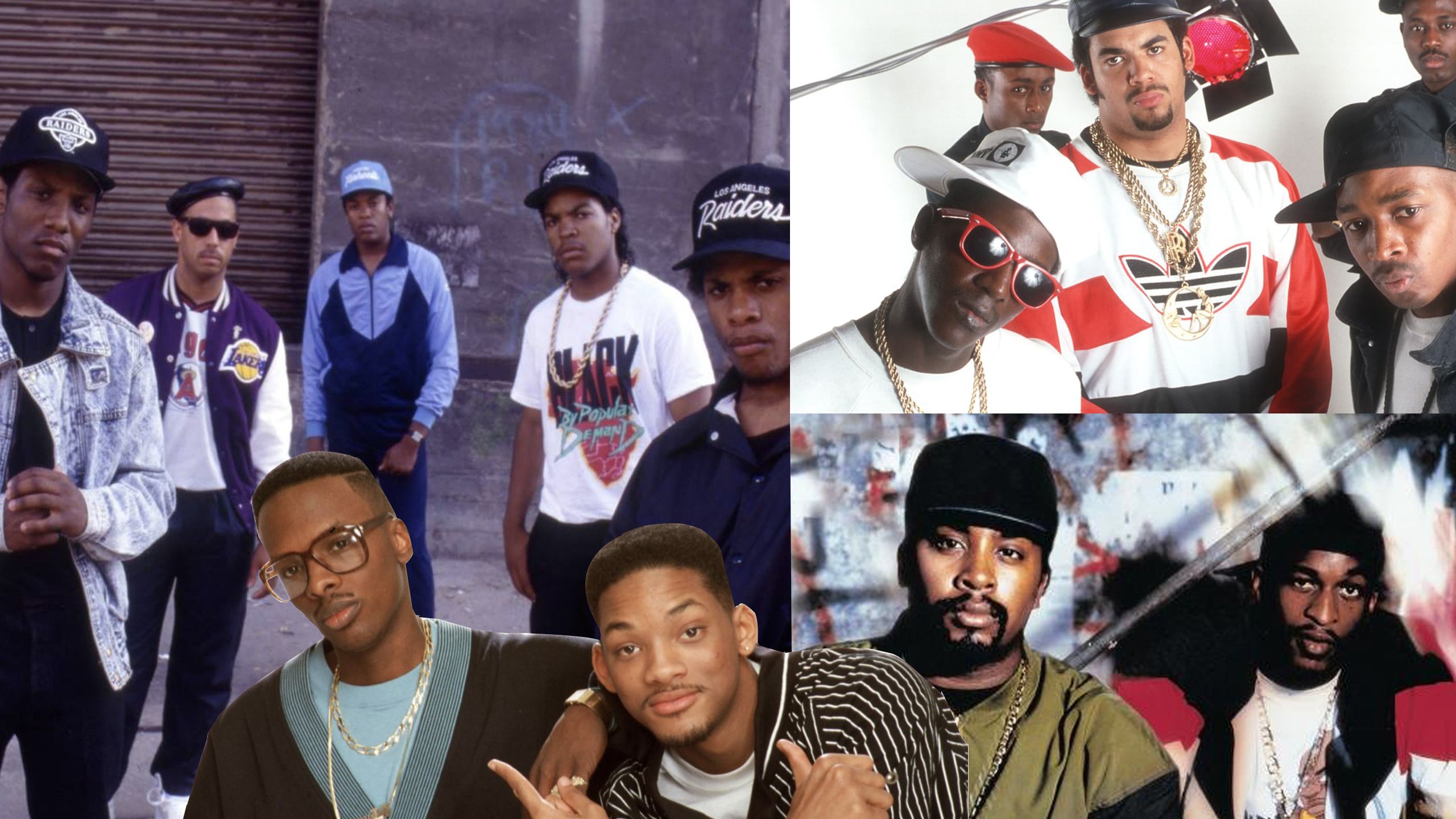

Rap was the story of the ghetto life and the anthem of gangsters, which prevented hip-hop from joining pop and rock in the mainstream. According to Rauly Ramirez, manager of Billboard’s Hip-Hop chart, ‘90s rappers “would create this persona,” portraying themselves as thugs and gangsters because that was “the character had to be to succeed.” The necessity for an artist to create and maintain this character led to a common theme among rap songs in the ‘90s. Songs were less about an artist’s success and more about his or her rise to it even the most financially successful rappers wrote about violence, crime, and living in poverty. In general, hip-hop in the previous decade had a relatively narrow focus. Perhaps the most striking difference between 1990s hip-hop and more modern tracks is the lyrics. The hip-hop/rap genre, despite having garnered a reputation of violence and misogyny, is a uniquely genuine voice amidst the development of our culture.

While some aspects of this evolution are obvious, it is in the subtleties of these changes that the inextricable link between social and musical development is revealed. Indeed, everything from the definition of mainstream hip-hop to the function of record labels to the personas of the artists themselves has evolved over the past decade. In fact, in an interview with ABC, Drake confessed that he was once described as “the furthest thing from hood.” Rappers such as Macklemore have hits about formerly taboo subjects like homosexuality, and artists such as Drake, a former Canadian child actor, prove that being a “thug” is no longer a pre-requisite to success. Just a decade later, some of the most successful rap hits relay messages formerly unheard of in the genre while the artists themselves come from a variety of backgrounds. and Jay-Z, were known drug dealers and many were convicted criminals. A pre-2005 hip-hop or rap hit can be easily distinguished from a track released in the past decade, and artists who have gotten into the game within the last ten years bear little similarity to what was the norm for ‘90s-era rappers.Įarlier hip-hop music has a distinct tone with a relatively consistent theme of “hood politics,” a term referenced by Nas in his 2002 hit “One Mic.” Meanwhile, the artists themselves maintained strict “gangster” personas: most of the genre’s biggest names, such as The Notorious B.I.G. Note how some - like House of Pain - have managed to turn their 15 minutes into a prolonged career, while others are all but forgotten.Even those unfamiliar with the genre can recognize that rap and hip-hop are not what they used to be. On that note, we decided to put together our list (in semi-chronological order) of the 30 best one-hit wonders of '90s hip-hop. Hell, if it weren't, would we even still be discussing a group that hasn't had another song on the radio in nearly 20 years? Plus, due to its constant usage in every sports arena on the planet, the song is arguably just as popular today as it ever has been. And who could disagree? It was a hell of a song.

"Jump Around" was more than just a flash-in-the-pan radio hit - it's been included on pretty much every "best hip-hop songs of all time" list.


 0 kommentar(er)
0 kommentar(er)
